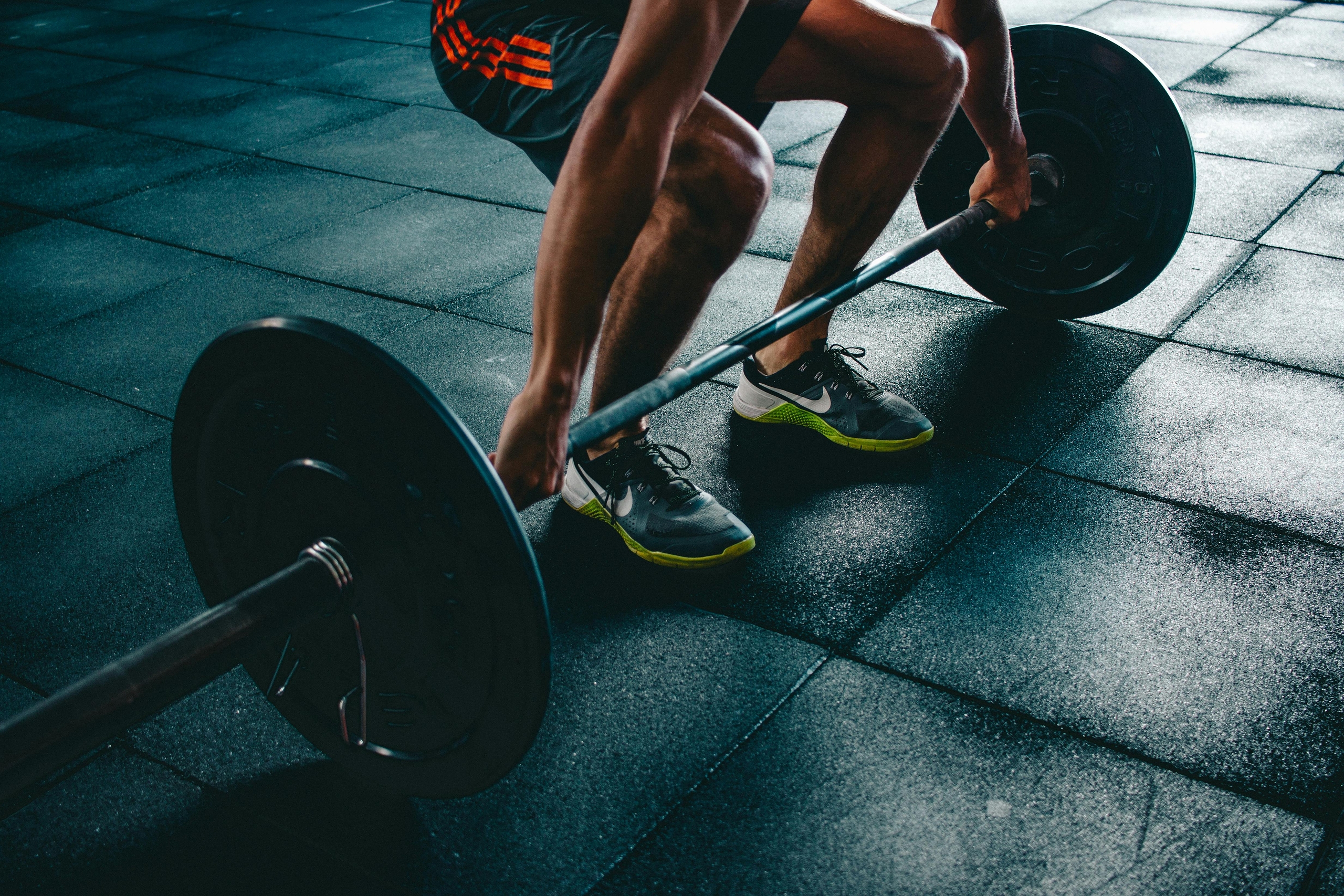
What is the Optimal Training Method?
The Foundation of Effective Training Methods
I cannot say that I have the perfect answer to this, but I will discuss what has worked best for me over years of experimentation and implementation. Let’s begin with a few simple principles tested and validated in the strength and conditioning literature.
The first principle is feeling the tension and burn in your muscles while completing an exercise. As long as you feel tension and burn in a muscle and train within five reps of failure with the weight you are lifting, you will achieve muscular growth, also known as hypertrophy.
From a physique perspective, calorie in versus calorie out is the only proven method to lose weight. To decrease body fat and increase lean mass, you need to focus on both simultaneously. Cardiovascular training also plays a role here. Although controversial, the key is getting your steps in consistently, regardless of the intensity.
Building on this foundation, I will now explain how I implement these principles and structure my training regime around four main pillars: strength, function, injury prevention, and aesthetics.
Pillar 1: Strength Training for Everyday Life and Longevity
Strength training focuses on building the ability to lift heavy things, ensuring that tasks in your personal life feel manageable. This approach not only helps with everyday activities like moving furniture or carrying groceries but also promotes longevity by increasing muscle mass and bone density. Understanding strength training anatomy—how different muscles work and respond to exercises—can make your workouts more effective and safe. These benefits will significantly contribute to a higher quality of life as you age.
Incorporating interval strength training into your routine adds an extra layer of effectiveness by combining bursts of high-intensity lifting with short rest periods. This method not only enhances muscular strength but also improves endurance, making it an excellent addition to a well-rounded strength training program.
Pillar 2: Functional Training for Lifestyle Goals
Functional strength training revolves around aligning your workouts with your lifestyle goals. For example, if you enjoy hiking, incorporating hill runs into your routine can prepare you for challenging trails. Similarly, if rock climbing is your goal, working on grip strength and upper body pulling exercises will set you up for success.
Even simple goals, like opening jars without assistance, require specific functional strength training. By targeting muscles for activities you love, functional strength training makes your workouts more relevant and enjoyable.
Pillar 3: Injury Prevention and Recovery
Pillar 4: Training for Aesthetics
Yes, aesthetics matter too! While function often takes center stage, training to look good can be a valid and motivating goal. For example, growing your abdominal muscles through specific exercises can make them more visible, even at higher body fat percentages. Additionally, leveraging muscle tension and positioning during exercises can emphasize or deemphasize certain muscles.
Finding Your Optimal Training Method
Ultimately, the best workout regime is one that aligns with your goals and is sustainable for the long term. Exercise is a lifelong practice that supports strength, functionality, and overall well-being.
Through my experiences in athletics, training, and physical therapy, I have identified four main pillars—strength, function, injury prevention, and aesthetics—as the foundation for a balanced and effective training plan. While this approach may not be perfect, it provides a robust framework for achieving optimal looks, strength, and functionality.



